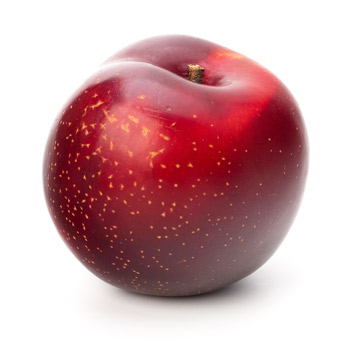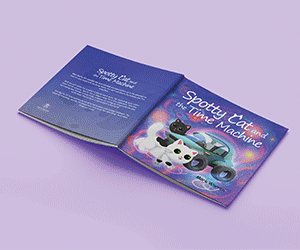Primary Times - the definitive what’s on and where to go family guide of activities and events for children of primary school age. Things to do with your kids during the school holidays including arts and craft activities, music and theatre for children, parties, competitions, days out, and family attractions along with term time drama schools, dance classes, after school clubs and sports activities. Things to do at a place near you!
Dark coloured fruit makes skin visibly more attractive
Dark coloured fruit makes skin visibly more attractive
Eating dark-coloured fruits such as peaches, plums and nectarines makes your skin more attractive to potential partners, according to a new academic study. Researchers at the University of Bristol and the University of St Andrews have found that eating pigmented fruits alters your complexion – which in turn affects boosts the perceived attractiveness of your face.  The study points to a link between skin radiance and the carotenoid pigments that we get from the fruit and vegetables in our diet, particularly produce that is dark in colour. These dietary pigments are powerful antioxidants and are the same that brightly coloured birds and fish use to display their health and attract mates; researchers believe there is a similar biological mechanism at work in humans. "This research has given us an exciting insight into how what we eat can affect our appearance,” said Dr Ian Stephen of Bristol University. "Having healthy looking skin seems to be an important factor in determining how attractive we appear to be, and following a healthy diet, high in fruit and vegetables is the best way to give yourself a natural skin boost." According to the study, the effect of eating these fruits on the skin occurs after just a few days. Dark fruits such as plums, peaches and nectarines are available widely throughout the British winter from South Africa – from December until early April. To boost your skin tone, these fruits can be eaten fresh on their own, or added to salads and other delicious recipes. For a tasty skin-boosting lunch, why not try a nectarine, blue cheese and asparagus salad? Char-grill a handful of asparagus spears in a pan for 5-minutes then cool. Combine 1 head of radicchio leaves in a bowl with 25ml of white balsamic vinegar and 60ml of olive oil. Finally, destone and slice 2 nectarines and arrange on top of the leaves along with the asparagus spears. Finish by crumbling 250g of blue cheese over the salad. The work has been published in Evolution and Human Behavior and the International Journal of Primatology and was published with support from the ESRC and the British Academy.
The study points to a link between skin radiance and the carotenoid pigments that we get from the fruit and vegetables in our diet, particularly produce that is dark in colour. These dietary pigments are powerful antioxidants and are the same that brightly coloured birds and fish use to display their health and attract mates; researchers believe there is a similar biological mechanism at work in humans. "This research has given us an exciting insight into how what we eat can affect our appearance,” said Dr Ian Stephen of Bristol University. "Having healthy looking skin seems to be an important factor in determining how attractive we appear to be, and following a healthy diet, high in fruit and vegetables is the best way to give yourself a natural skin boost." According to the study, the effect of eating these fruits on the skin occurs after just a few days. Dark fruits such as plums, peaches and nectarines are available widely throughout the British winter from South Africa – from December until early April. To boost your skin tone, these fruits can be eaten fresh on their own, or added to salads and other delicious recipes. For a tasty skin-boosting lunch, why not try a nectarine, blue cheese and asparagus salad? Char-grill a handful of asparagus spears in a pan for 5-minutes then cool. Combine 1 head of radicchio leaves in a bowl with 25ml of white balsamic vinegar and 60ml of olive oil. Finally, destone and slice 2 nectarines and arrange on top of the leaves along with the asparagus spears. Finish by crumbling 250g of blue cheese over the salad. The work has been published in Evolution and Human Behavior and the International Journal of Primatology and was published with support from the ESRC and the British Academy.
For more information on this study, visit www.eatpigmentedfruit.co.uk




